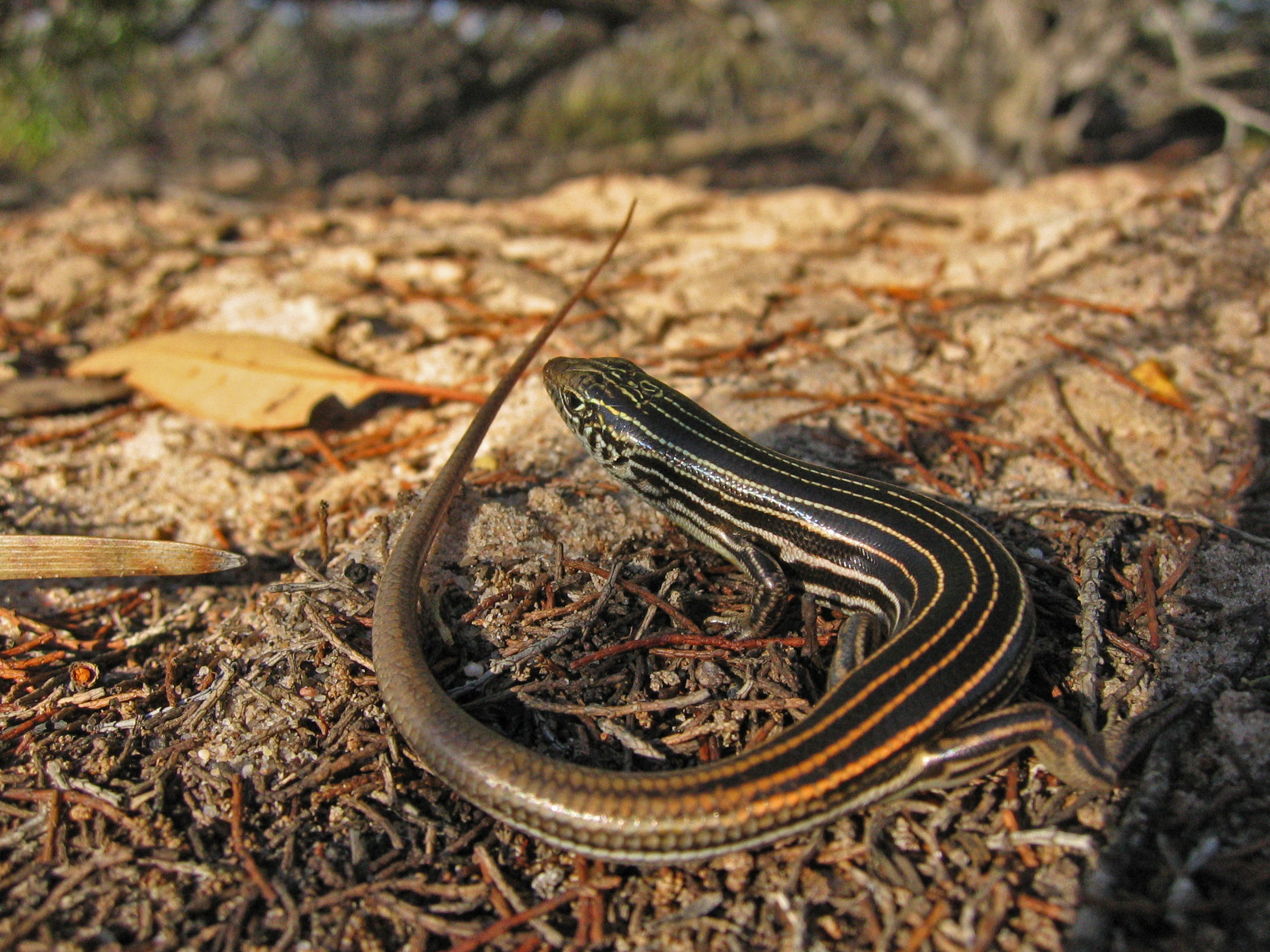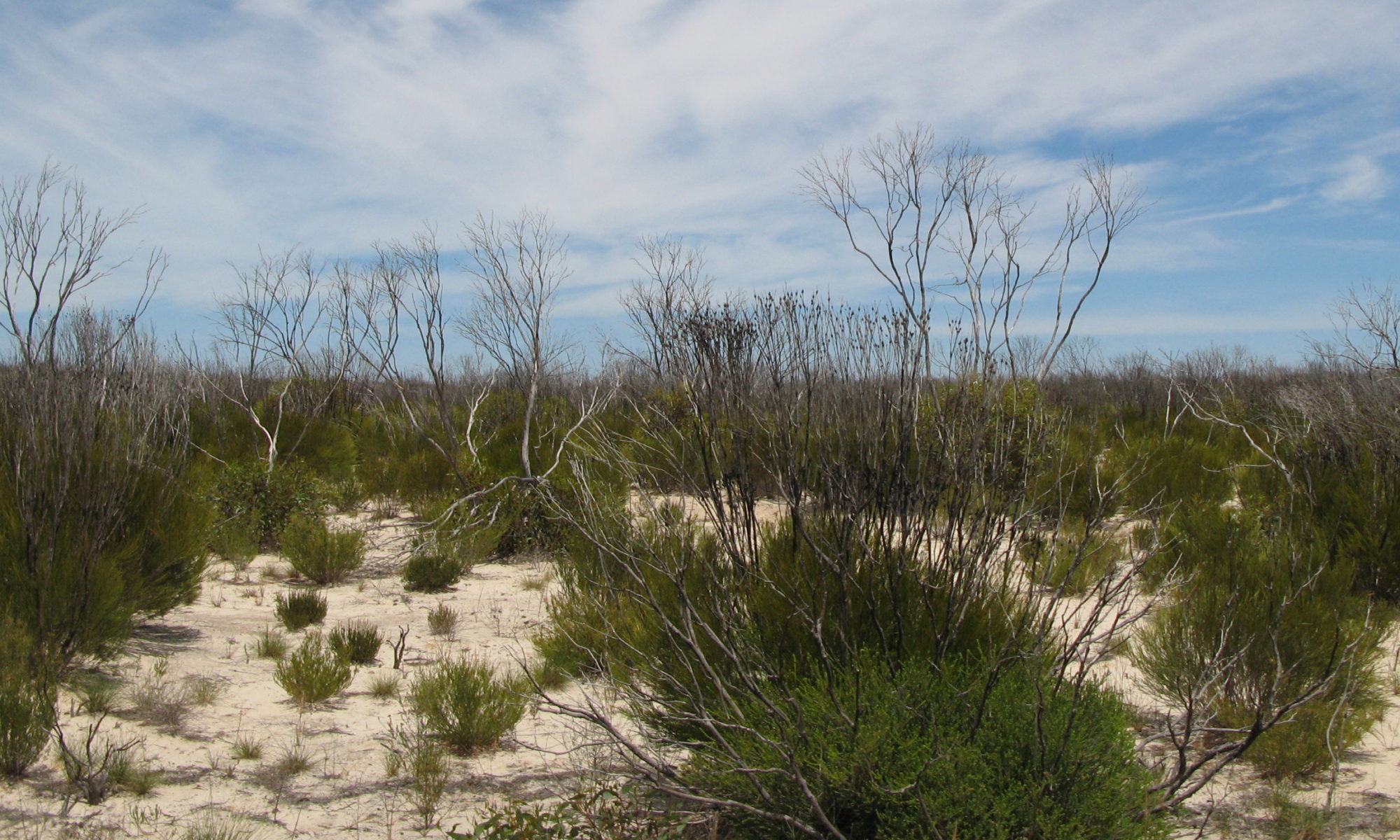- Wild and free: red deer grazing for conservation - 05/06/2019
- Sisters in Science: Dr Liz Dobson - 03/04/2019
- Closing the Gap Between Diversity Talk and Diversity Actions - 13/11/2018
When you live in Ireland, it’s easy to forget that a good proportion of the world’s ecosystems regularly burn. In many regions, plants and animals have evolved to tolerate or even rely on fire. My recent paper investigates the factors that drive the success of an Australian gecko after fire. I found that the geckos were healthier after fires because of the availability of lots of prey, showing that these feeding relationships matter for a species that thrives after its forest burns.
In flammable ecosystems, natural cycles of fire and succession mean that habitats are complex, ever-changing systems.
But as we go through global changes in land use and climate, the effect of fire on ecosystems is being transformed. In some areas, fires are becoming more frequent and intense, while in other places, fire suppression by humans has removed this important process from the environment. Even in Ireland, wildfires of unprecedented size have occurred in recent years because of changing land management practices and a drier climate (I know, this last point is hard to believe some days!).
Wildfire is first and foremost an uncontrollable natural process, akin to a hurricane or tsunami. In certain weather conditions, vegetation will burn regardless of what we do. But humans can have a profound impact on the frequency, timing and spatial configuration of fires. In other words, we have some control over the fire regime through the way we suppress and/or deliberately burn vegetation. Prescribed fire is an important tool for land managers because it can be used strategically to prevent entire habitats from burning all at once or to promote the regeneration of species which rely on periodic fire.

The ‘dose’ of fire, in terms of frequency, connectivity and intensity can influence whether or not a species will persist in the long term or go locally extinct. This means that understanding how fire regimes affect plants and animals is critical to conserving biodiversity.
Traditionally, scientists tried to explain animal responses to fire by measuring changes in their habitat. This approach followed the ‘habitat accommodation model’ of succession, conceptualised by Barry Fox in 1982. Fox’s model suggested you could predict the succession of animals arriving in a community based on the plants they live in. It’s like Kevin Costner said in the 1989 baseball movie Field of Dreams: ‘if you build it, they will come’. An animal that lives in a fast-growing grass will recolonise a burnt area quickly. Another that lives in dense leaf litter will be slow because the habitat takes years to build up.
Many ecologists tried to use this model to understand what happens to animal communities after fire and, although it was useful for a few common species, it was not generally reliable. Researchers found that animals do show strong changes is population size during succession, but these can’t be predicted simply by looking at the changes in habitat. So what’s missing?
If you think about the complex suite of factors involved in population dynamics, perhaps it’s not surprising that we can’t predict population dynamics based solely on habitat changes. In a relatively stable habitat, populations grow and decline in response to variable weather patterns, competition with other members of their species and predation, to name just a few. So even without fire, there is a lot going on. Fire just adds an additional layer to an already complex story.

A major line in my research has been examining the demographic and population-level mechanisms that drive population dynamics after fire. Rather than attempting the impossible task of trying to understand all species, I instead studied one species intensively, for many years, to understand the biology of what happens after fire. The idea was to learn enough from one species to pinpoint the most important biological factors and then develop generalisations that could be tested in whole animal communities.
“The abundance of invertebrate food available after fire makes geckos healthier.”
That species was the knob-tailed gecko, Nephrurus stellatus, whose density increases dramatically for about 10 years after fire and then declines sharply. They live in semi-arid woodlands in southern Australia; an ecosystem which burns every 10-100 years, usually after a dry lightning storm in summer. The knob-tailed gecko is a classic early-successional species: a recently burnt patch of bush will be crawling with geckos, but you’d be driven mad trying to find them in an unburnt woodland. Over the years, my colleagues and I found that changes in reproduction, survival, movement, genetic diversity and dispersal all contributed to the sharp changes in gecko population density. We also found that invertebrate abundance was greatest in the early stages after fire. Knob-tailed geckos eat invertebrates, but until now, we did not know if this relationship was important in their strong response to fire.
In my new Oecologia paper, I presented data showing that increases in invertebrate food during early succession made geckos healthier and made them grow faster. I integrated these new results into a mechanistic model of post-fire population dynamics based on our long-term research program.

By including our knowledge of this species into the model, I discovered some important ecological linkages. The model suggests that the abundance of invertebrate food available after fire makes geckos healthier. This, in turn, allows them to move further and make more baby geckos. So we now know that this is the main process driving rapid population expansion after fire.
Future studies of post-fire community dynamics will benefit from grouping species based on their dispersal, food requirements and post-fire reproductive rates, in addition to their habitat requirements. This approach should allow us to better predict responses of animal communities to changing fire regimes.
To find out more, read my Oecologia article ‘Successional changes in trophic interactions support a mechanistic model of post-fire population dynamics’.
______________
About the Author
Dr. Annabel Smith is a Post-doctoral researcher in Yvonne Buckley’s research group in the Department of Zoology, Trinity College Dublin. Her current research focuses on the interaction between changing fire regimes and plant invasion. Find out more about her research here:
Website | www.smithecology.org
Google Scholar | Profile
ResearcherID | Profile
ORCID | 0000-0002-1201-8713


2 Replies to “What happens to animals when their habitat burns?”